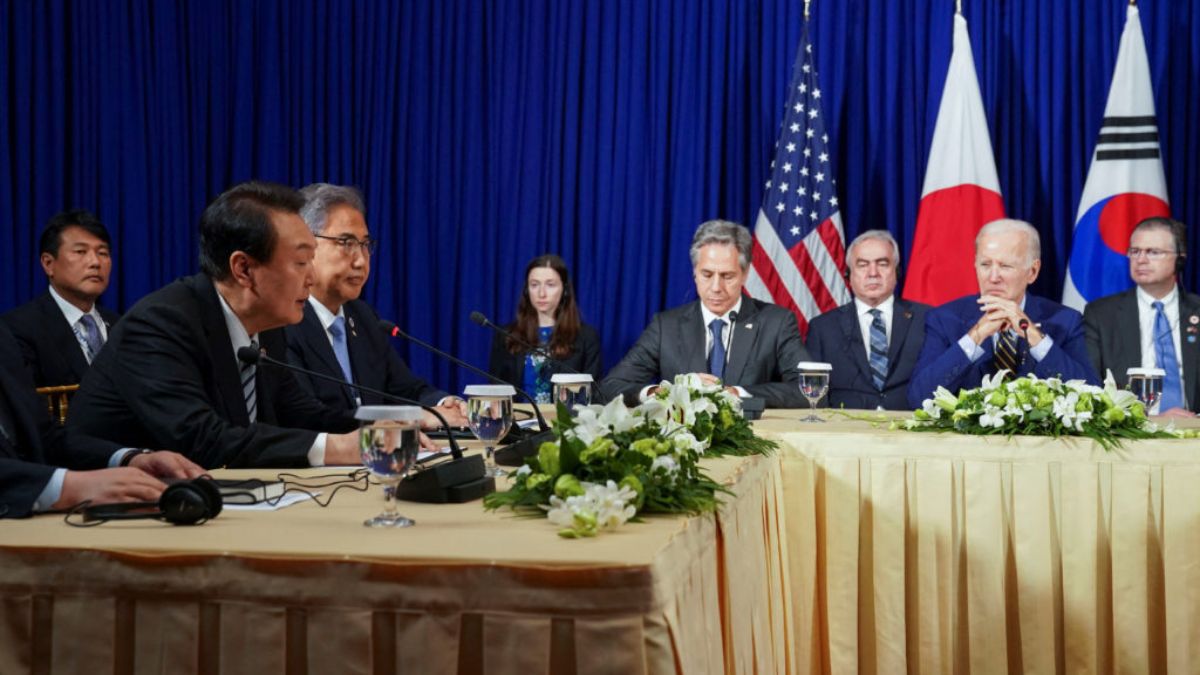 Image Credits: PBS
Image Credits: PBS
In a classified directive issued in March, U.S. President Joe Biden ordered American forces to prepare for potential nuclear confrontations with Russia, China, and North Korea. This highly classified plan, known as the “Nuclear Employment Guidance” (NEG), reflects a significant shift in U.S. nuclear strategy, marking the first time the United States has been directed to simultaneously address threats from multiple nuclear-armed adversaries.
The Pentagon’s concern has been growing over China’s rapidly expanding nuclear arsenal, which is expected to rival those of the United States and Russia within the next decade. Under the directive, U.S. military forces are instructed to be ready for potential nuclear confrontations that could occur in coordination between Russia, China, and North Korea. The changing geopolitical landscape, including China’s military expansion and its growing cooperation with Russia, has triggered a reevaluation of American warplanes.
This new strategy is a direct response to the emerging strategic cooperation between China and Russia, as well as the nuclear advancements in North Korea. The concern over these nations potentially coordinating their nuclear efforts has led the United States to reassess its deterrent strategies, considering simultaneous or sequential nuclear crises. Additionally, intelligence agencies have been tasked with evaluating Russia’s support for North Korea and Iran’s missile programs, raising further concerns over a potential axis of nuclear collaboration.
The White House has kept details of the strategy under tight wraps, with only a few hard copies circulated among top national security officials. This classified document underscores the increasing complexity and volatility of the global nuclear landscape that will confront the next administration. Biden’s directive emphasizes the urgent need for the U.S. to stay prepared for the growing threats posed by these nuclear-armed states
